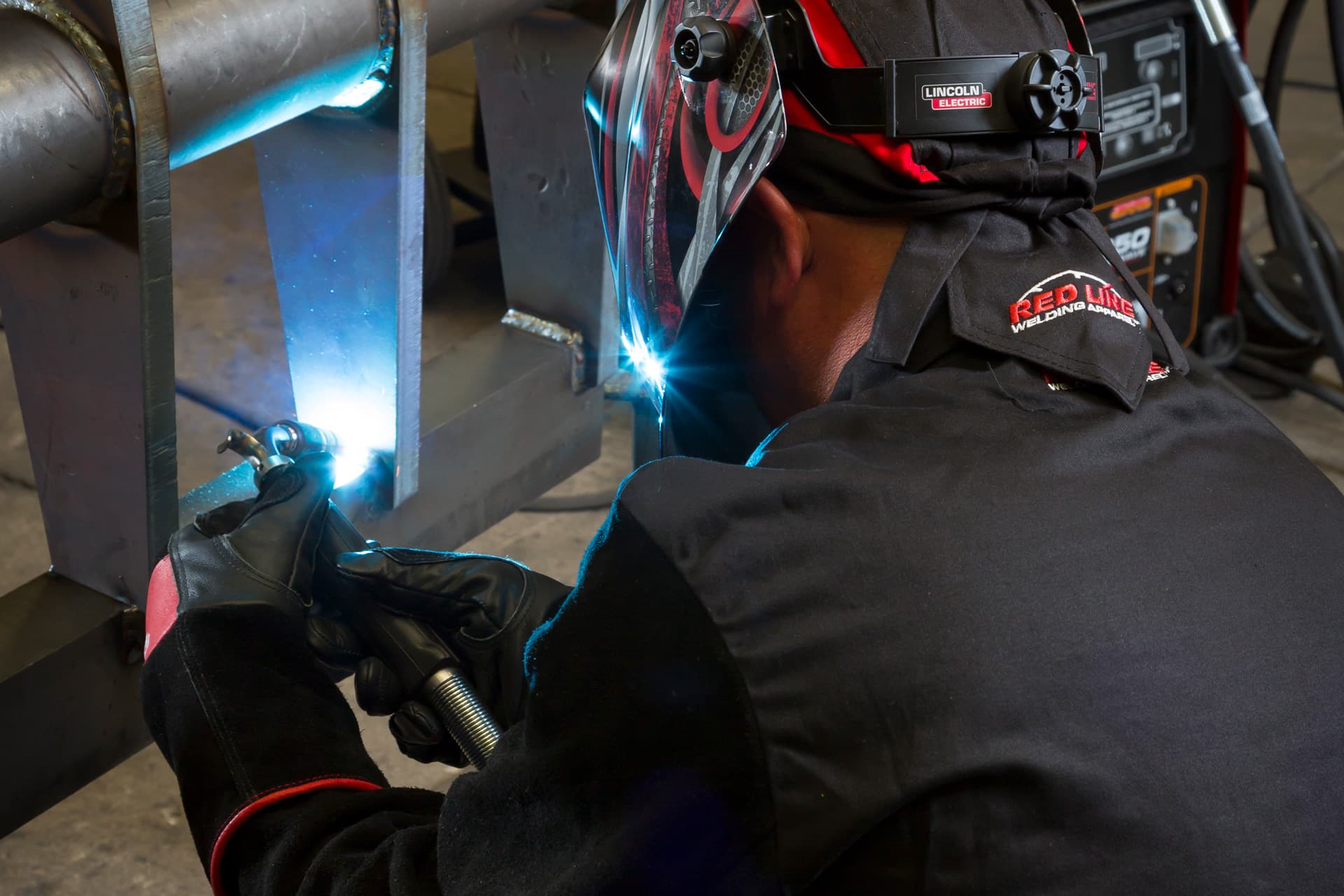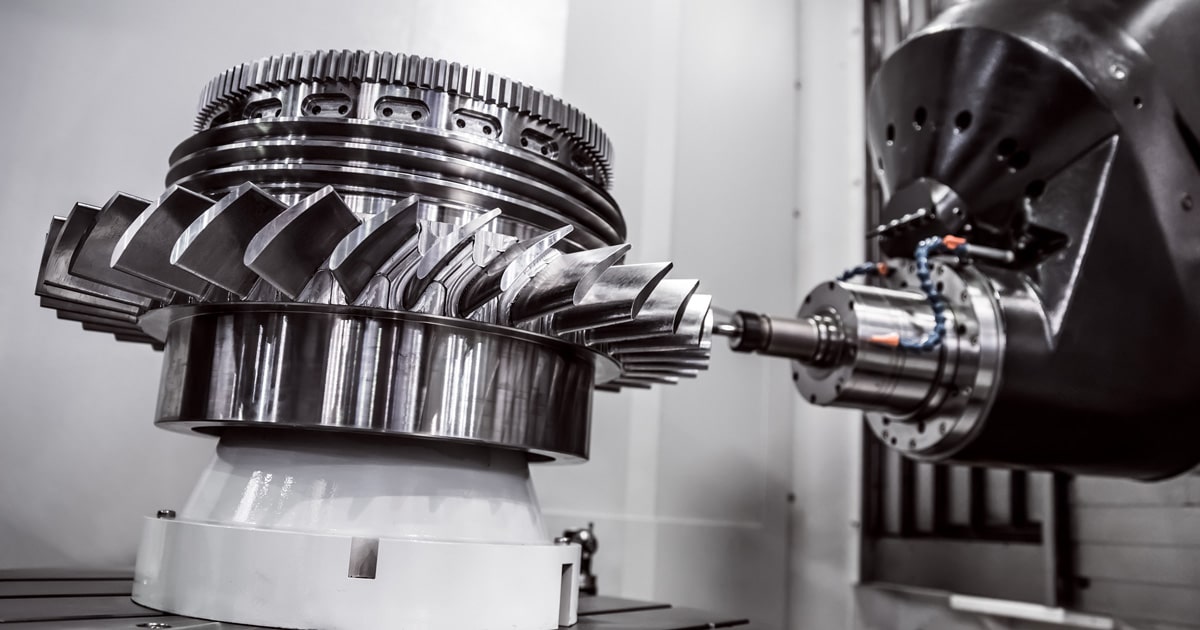In today’s fast-paced CNC machining world, creating accurate and reliable components is just as challenging as making them cost-effective. Diligence, precision, and innovative strategies are key to achieving this balance. CNC quality assurance is central to every component meeting and exceeding strict criteria and customer requirements.
This blog explores the best practices for quality control in CNC machining and provides insights on reducing costs to help you stay efficient in manufacturing industry operations.
Implement Statistical Process Control (SPC)
Statistical process control (SPC) is a data-driven method for monitoring and controlling CNC machining. By analyzing data collected from the production line, SPC helps identify trends, variations, and potential issues before they escalate into major problems.
Implementing SPC involves several steps:
- Collecting data from various stages of the production process
- Using control charts to visualize operational stability to detect any deviations
- Analyzing the data to determine the core causes of variations and making changes based on the results
Early identification of deviations is crucial so they can be corrected immediately. Minimizing defects, waste, and rework saves time and money.
At Baker Industries, we implement SPC in CNC operations to meet top-quality measures while controlling costs. Find out how our expertise can enhance your operations here.
Perform Regular Machine Maintenance
CNC machines require regular maintenance and scheduled quality inspections to maintain high accuracy.
Important maintenance activities are outlined below:
- Routine cleaning: Remove debris and lubricate moving parts for smooth operation.
- Component inspection: Check for wear and tear on machine parts and replace them as necessary.
- Machine tool calibration: Regularly calibrate tools to uphold accuracy in machining.
Well-maintained machines produce more accurate parts, reducing the need for rework. Regular maintenance is a fundamental component of machining quality control, so it is important to be sure CNC machines always operate at their best.
Use Quality Control Software
Quality control software significantly enhances the ability to manage and improve quality in CNC machining. It streamlines the entire process, leading to more consistent production quality and reduced operational costs.
The primary functions of quality control software are explained below:
- Real-time monitoring continuously tracks machine performance and quality metrics.
- Inspection automation detects issues early to prevent defective parts from reaching customers.
- Integrated reporting generates detailed reports to support decision-making and continuous improvement.
- Enhanced traceability safeguards comprehensive records for accountability and quality audits.
At Baker Industries, we employ cutting-edge quality management systems to retain the highest caliber in our CNC machining services while optimizing costs.
Invest in Quality Control Training
Human expertise continues to be essential in verifying quality in CNC machining. Investing in quality control training for employees results in a team well-versed in quality standards and final inspection techniques.
Quality control training programs should emphasize these areas:
- Understanding specific requirements is crucial for maintaining strict benchmarks in CNC precision machining.
- Properly using inspection tools ensures employees can accurately inspect machined parts and identify deviations.
- Developing problem-solving skills enables employees to address quality issues proactively and prevent defects.
Employees who are well-trained in machining quality control and operating CNC machines are less likely to make mistakes and more apt to produce better-quality products.
Ensure Accurate Tool Calibration
Accurate calibration is essential for producing parts within specified tolerances, notably impacting the quality and efficiency of the CNC manufacturing process.
Here are three best practices for tool calibration:
- Keeping a regular calibration schedule helps tools remain accurate, enabling high-quality production.
- Using approved reference materials establishes a reliable benchmark for accuracy for tools to meet the required specifications.
- Having detailed documentation of calibration results and adjustments made helps team members troubleshoot.
Properly calibrated tools produce parts with precise dimensions, meeting stringent quality standards and significantly reducing the risk of defects.
Conclusion
These best practices help affirm high-quality standards in CNC machining operations, streamline operations, and drive cost-effectiveness.
At Baker Industries, we are committed to providing innovative solutions and exceptional CNC machining services tailored to our clients’ diverse needs.
Let us help you achieve superior results in your CNC machining projects while controlling costs. Click here to contact our team of experts today or request a quote.


